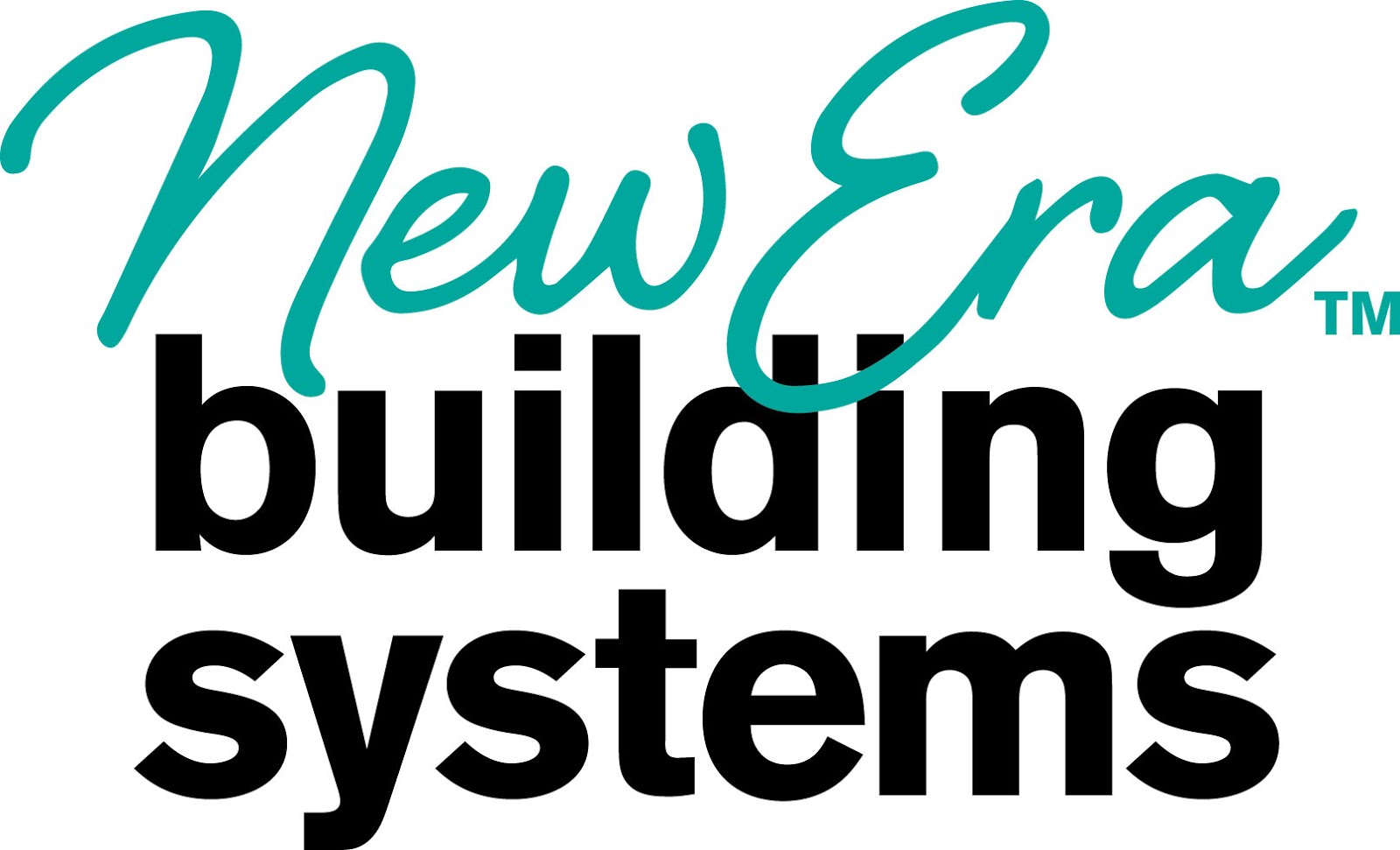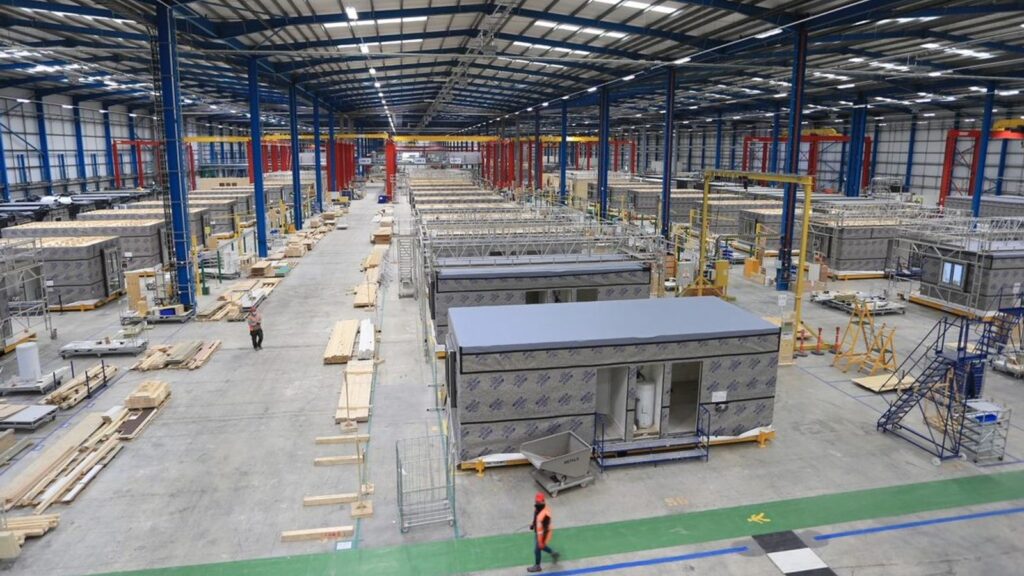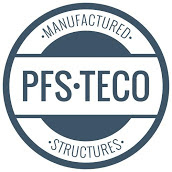There comes a moment in every business—whether it’s a small startup or a multimillion-dollar offsite construction factory—when the owner looks around and realizes the phone isn’t ringing like it used to. Sales start to slide, quotes take longer to turn into contracts, and the steady hum of the production line feels a little quieter.
That’s when the real test begins.
When Sales Begin to Fall
In offsite construction, that drop in orders can happen fast. A few projects get delayed, financing gets tight, and before long, the sales team is spending more time chasing leads than closing them. Management meetings shift from talking about expansion to talking about “cutting costs.”
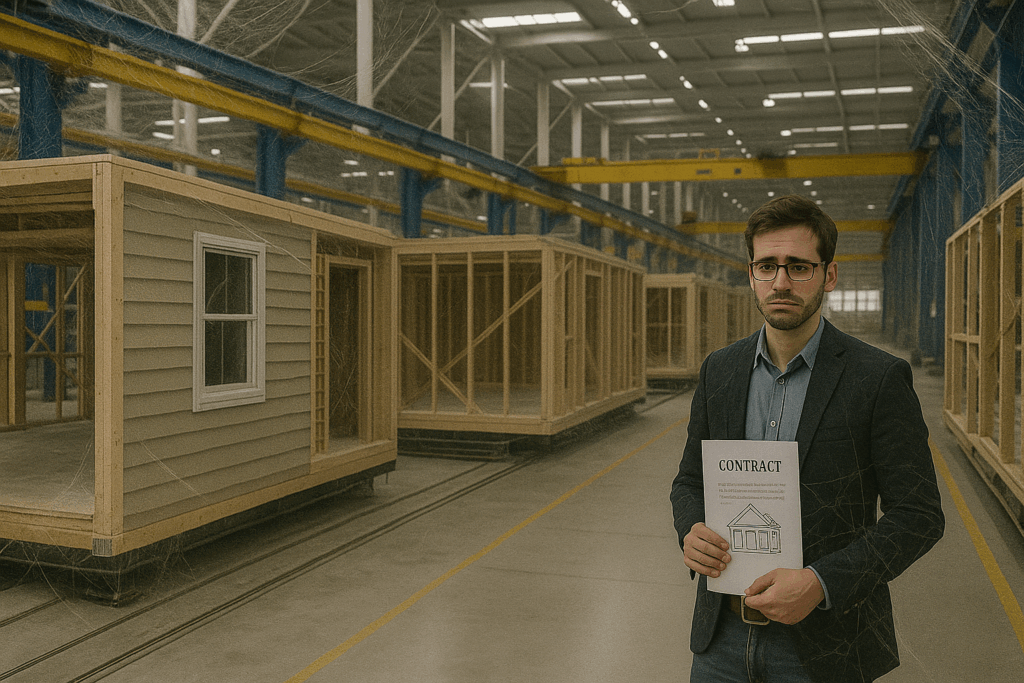
It’s tempting to start trimming—laying off production workers, freezing marketing, canceling travel, postponing equipment upgrades. It’s what most companies do first. But that’s reaction, not strategy. Factories that have been through these downturns know that survival doesn’t come from squeezing payroll—it comes from rethinking purpose.
When you stop asking “how can we save money?” and start asking “how can we create value differently?”, the conversation changes.
The Great Shift to Commercial Projects
After the housing crash and later COVID, many modular and offsite companies began chasing commercial projects—schools, hotels, dormitories, and workforce housing—believing bigger meant safer. Some made it work; others drowned in complexity. The difference wasn’t luck. It was planning.

Switching from single-family homes to commercial projects requires an entirely different playbook. You need new engineering standards, longer cash flow cycles, and far more complex project management. The successful factories didn’t just add commercial work—they rebuilt their business model around it.
They retrained staff, hired specialists, and rewrote their internal processes. They didn’t just hope to fit into the new market—they invested in becoming part of it.
When Hope Becomes a Strategy
The toughest decision any owner faces is whether to stay the course or start over. Many don’t want to face that reality. They push the sales team harder, hoping that just one more order will fix everything. But when what you’re selling no longer fits what the market wants, motivation can’t fill the gap.
A Pennsylvania factory owner once told me, “We thought we could sell our way out of it.” They couldn’t. The sales team brought in jobs, but they weren’t profitable ones—rushed bids, custom units that slowed the line, or projects too far from their core capabilities. Within a year, the company had burned through its reserves and was forced to close.
That same year, another company, a panel and truss factory, on the East Coast looked at the same market decline and did something different: they called in outside advisors. They spent three months evaluating what their factory could do profitably instead of what they wanted to do ideally. The result wasn’t glamorous—they pivoted and added panelized multifamily walls to their existing, but decling, line of SFH panels and trusses—but the decision saved the company. Today, they’re still standing.
The Courage to Rebuild
It takes courage to admit that what worked for 20 years might not work tomorrow. That’s not failure—it’s awareness. Sometimes the best move is to bring in fresh eyes: a consultant, an industry advisor, or even a small focus group of trusted builders and developers.
These outsiders often see what management can’t. They’ll point out bottlenecks in your system, inefficiencies in your quoting, and outdated assumptions about customer demand. They’ll tell you what your customers aren’t saying out loud: your value proposition has changed.
The most successful pivots I’ve seen usually begin with one sentence written on a whiteboard:
“What business are we really in?”
It sounds simple, but it forces clarity. Are you a modular manufacturer—or a housing solutions provider? Are you a project partner—or a production vendor? Once you answer that, the next step becomes obvious.
Rewriting the Plan Before It’s Too Late
A well-written business plan isn’t a document for startups—it’s a lifeline for mature companies too. It forces owners to look honestly at what’s working and what isn’t.
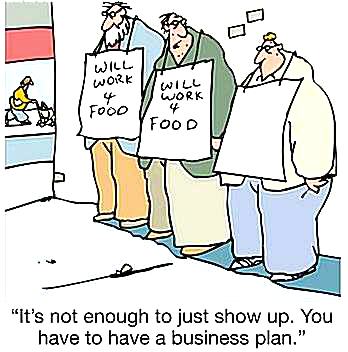
Is your factory set up to build what the market is asking for?
Are your managers truly aligned with your next direction?
Are you investing in sales, technology, and training that match where the industry is heading—not where it’s been?
The companies that survive downturns don’t just react—they reinvent. They get ahead of change rather than wait for it to crush them. They seek advisors, they listen, and they’re not afraid to let go of outdated habits.
The Real Question
Every offsite company hits this crossroads sooner or later. The difference between those that fail and those that thrive isn’t about how they cut costs—it’s about how they redefine themselves when sales slow.
Because when the phone stops ringing, that’s not the end.
It’s the moment to decide what kind of company you really want to be.
.
With over 9,000 published articles on modular and offsite construction, Gary Fleisher remains one of the most trusted voices in the industry.
.
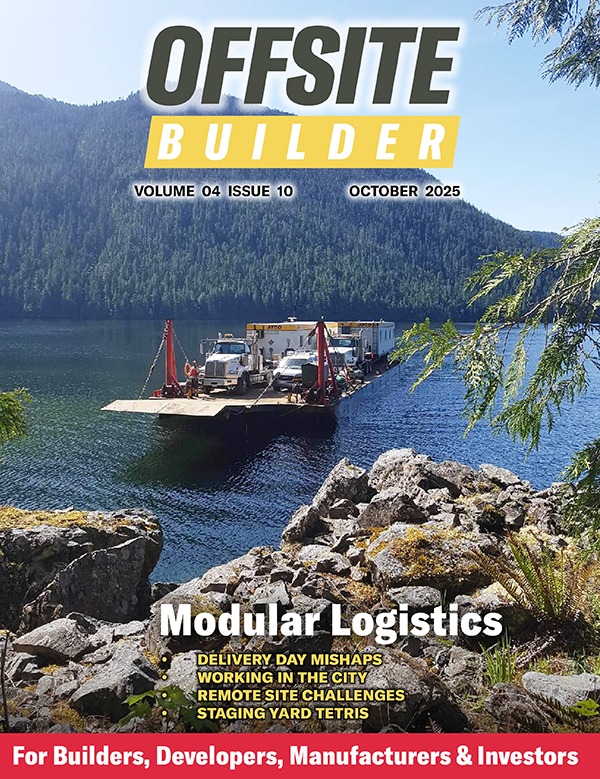
CLICK HERE to read the latest edition

Contact Gary Fleisher



